Solar System










Solar System
More Posts from Jmsconn and Others

2019 October 17
Moons of Saturn Image Credit: Cassini Imaging Team, SSI, JPL, NASA
Explanation: On July 29, 2011 the Cassini spacecraft’s narrow-angle camera took this snapshot and captured 5 of Saturn’s moons, from just above the ringplane. Left to right are small moons Janus and Pandora respectively 179 and 81 kilometers across, shiny 504 kilometer diameter Enceladus, and Mimas, 396 kilometers across, seen just next to Rhea. Cut off by the right edge of the frame, Rhea is Saturn’s second largest moon at 1,528 kilometers across. So how many moons does Saturn have? Twenty new found outer satellites bring its total to 82 known moons, and since Jupiter’s moon total stands at 79, Saturn is the Solar System’s new moon king. The newly announced Saturnian satellites are all very small, 5 kilometers or so in diameter, and most are in retrograde orbits inclined to Saturn’s ringplane. You can help name Saturn’s new moons, but you should understand the rules. Hint: A knowledge of Norse, Inuit, and Gallic mythology will help.
∞ Source: apod.nasa.gov/apod/ap191017.html

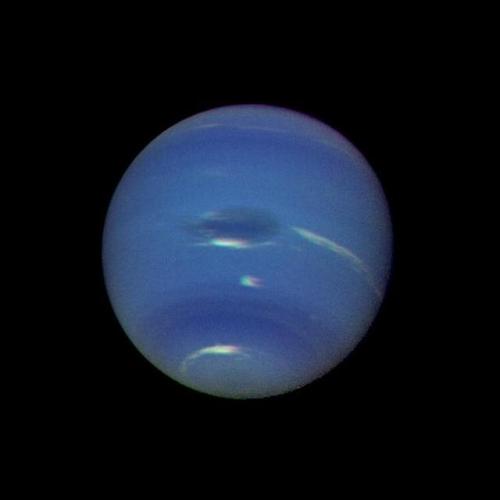
Neptune ♡
This color image, produced from a distance of about 16 million kilometers, shows several complex and puzzling atmospheric features. Credit: NASA/JPL


The Big Dipper
by: VegaStar Carpentier










We were founded in New Taipei, Taiwan in 2005. We are a professional manufacturer of automotive diagnostic wires(OEM,OBM,ODM). For customers, we adhere to the principle of customer supremacy and strive to meet the requirements as a business philosophy. With professional technical strength, flexible production operation, and responsible and active attitude, we ensure that products gallop at high speed in the transmission of information, so as to ensure that customers can continuously get the greatest satisfaction while using the product.
www.vobd.com.tw
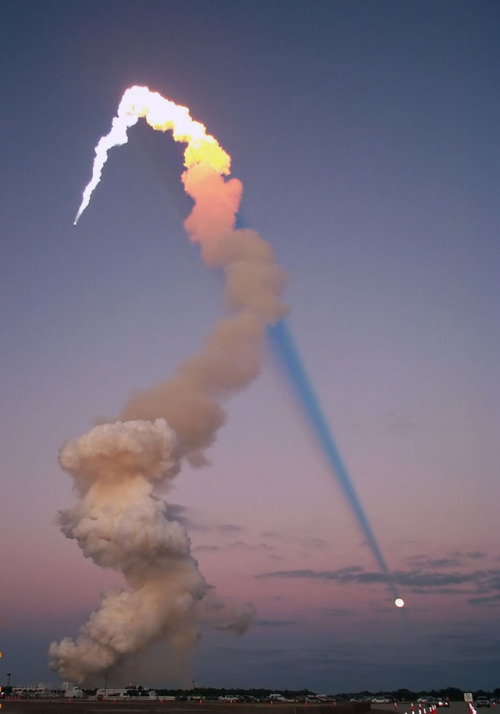
In early 2001 during a launch of Atlantis, the Sun, Earth, Moon, and rocket were all properly aligned for this photogenic coincidence.
Image Credit: Pat McCracken, NASA
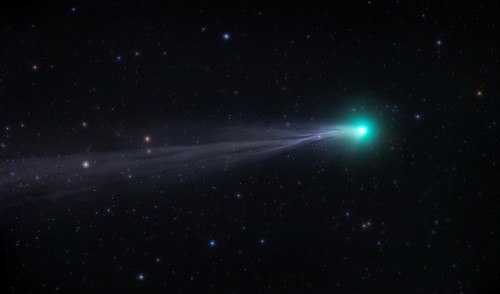
Comet Lovejoy (C/2014 Q2) by: Troy Casswell
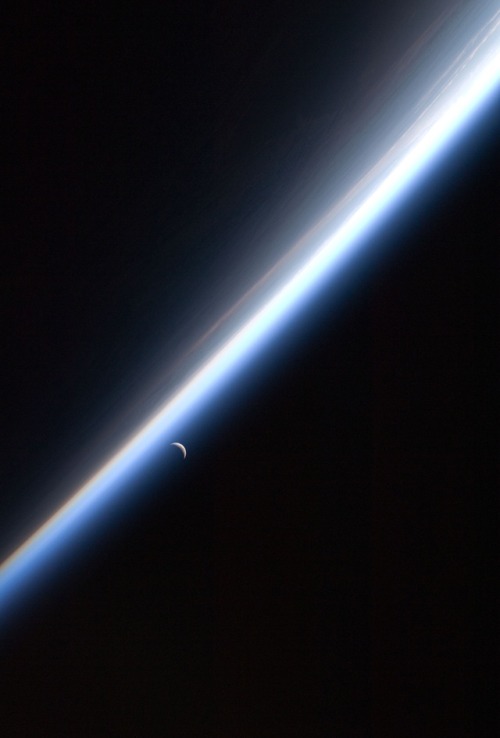
Crescent Moon and Earth’s Atmosphere Seen by International Space Station
Credit: NASA
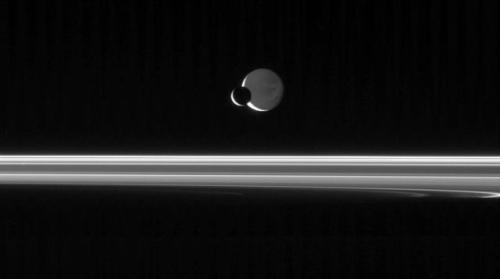
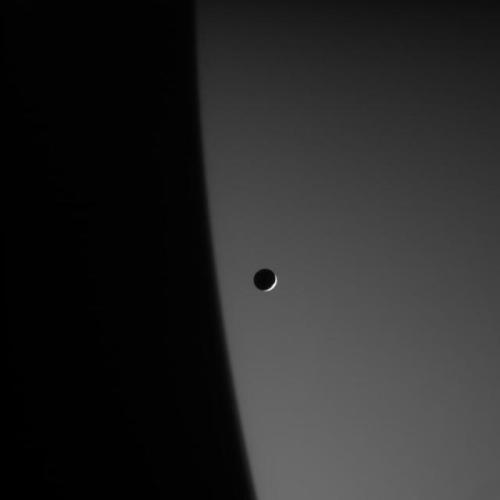
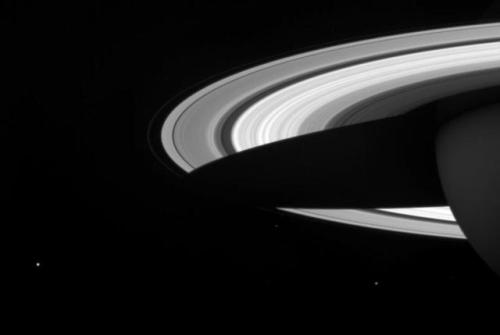
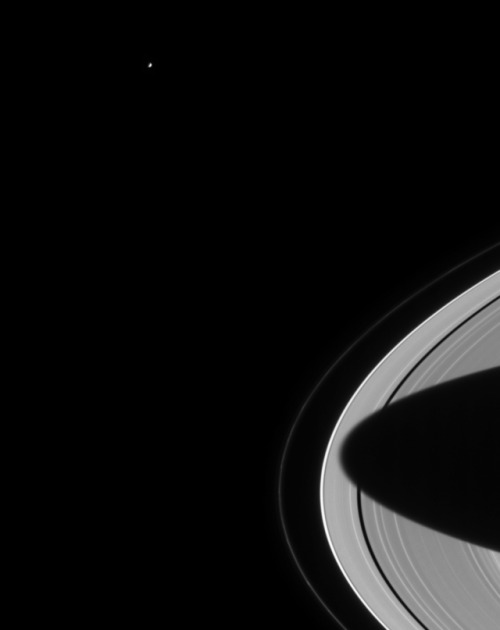
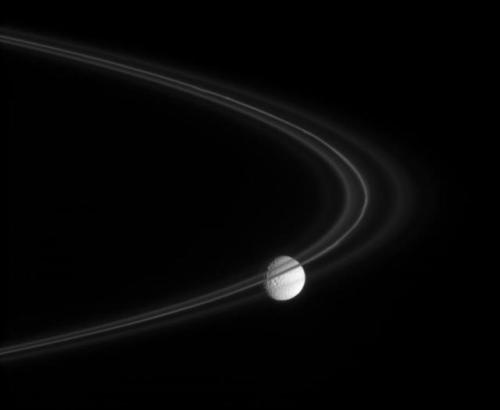
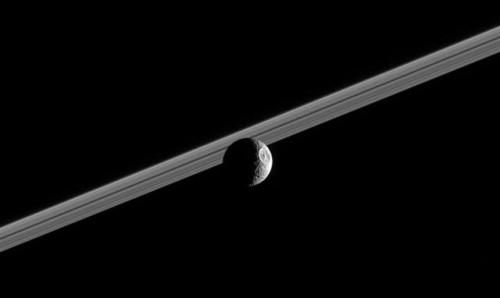
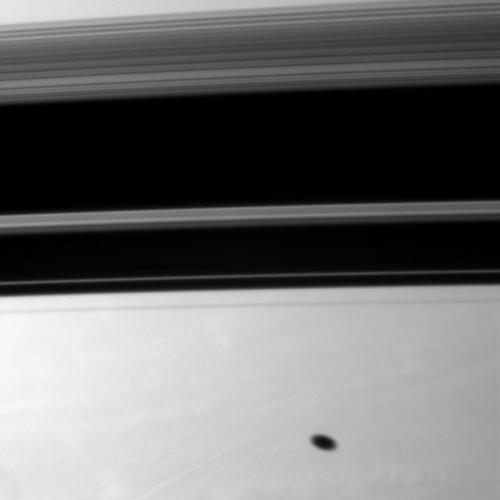
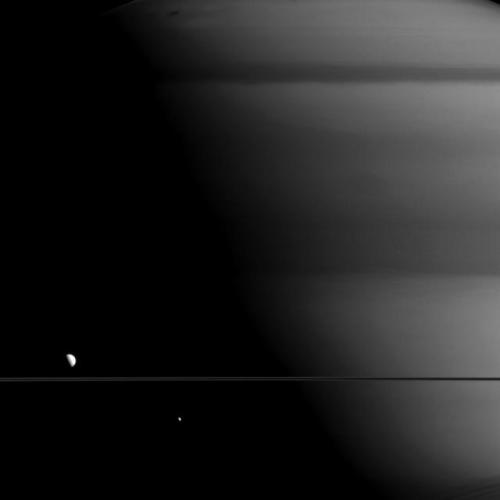
Mimas (moon of Saturn) taken by the Cassini spacecraft.
Credit: NASA/JPL
-
 darkoverstar liked this · 1 month ago
darkoverstar liked this · 1 month ago -
 occultvault reblogged this · 1 month ago
occultvault reblogged this · 1 month ago -
 forgotten-archon liked this · 3 months ago
forgotten-archon liked this · 3 months ago -
 annaxkngr liked this · 6 months ago
annaxkngr liked this · 6 months ago -
 panthera-leo-persica liked this · 6 months ago
panthera-leo-persica liked this · 6 months ago -
 annita8942g8m51h liked this · 7 months ago
annita8942g8m51h liked this · 7 months ago -
 orionbearfur liked this · 9 months ago
orionbearfur liked this · 9 months ago -
 psychicphilosopherpoetry reblogged this · 10 months ago
psychicphilosopherpoetry reblogged this · 10 months ago -
 psychicphilosopherpoetry liked this · 10 months ago
psychicphilosopherpoetry liked this · 10 months ago -
 dexume liked this · 1 year ago
dexume liked this · 1 year ago -
 valemc liked this · 1 year ago
valemc liked this · 1 year ago -
 xofacafe liked this · 1 year ago
xofacafe liked this · 1 year ago -
 meishichao liked this · 1 year ago
meishichao liked this · 1 year ago -
 mateomateomate liked this · 1 year ago
mateomateomate liked this · 1 year ago -
 biciudades liked this · 1 year ago
biciudades liked this · 1 year ago -
 amikzar liked this · 1 year ago
amikzar liked this · 1 year ago -
 failisgoldgiwis liked this · 1 year ago
failisgoldgiwis liked this · 1 year ago -
 pairahehansramk liked this · 1 year ago
pairahehansramk liked this · 1 year ago -
 trunirvefinsand liked this · 1 year ago
trunirvefinsand liked this · 1 year ago -
 ermarousnews liked this · 1 year ago
ermarousnews liked this · 1 year ago -
 fligrealtite liked this · 1 year ago
fligrealtite liked this · 1 year ago -
 paulobruxo liked this · 1 year ago
paulobruxo liked this · 1 year ago
